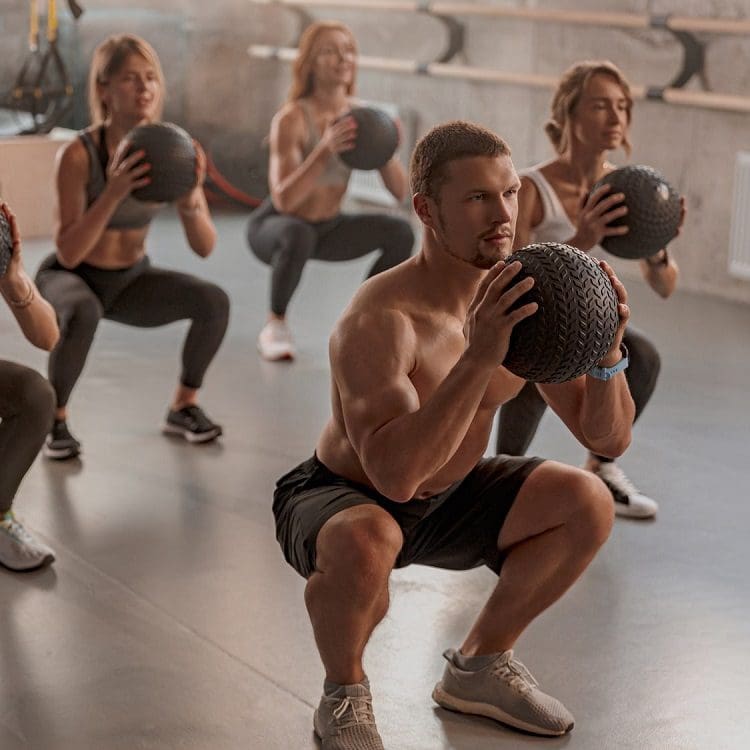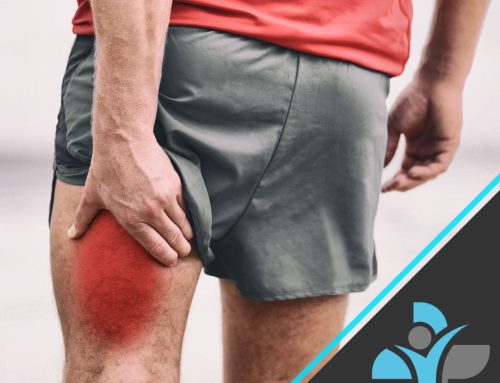
What are the effects of cardiovascular exercise on muscle mass?
Cardiovascular exercise, also known as cardio, has long been associated with weight loss and improving overall health. However, there is a common misconception that cardio can also reduce muscle mass. In this article, we will explore the relationship between cardio and muscle mass, examining the evidence to determine whether or not cardio can truly reduce muscle mass.
Muscle mass and Cardio explained…
First, it is important to understand that muscle mass is primarily influenced by two factors: exercise and nutrition. Resistance training, such as weight lifting, is the most effective form of exercise for increasing muscle mass. Additionally, consuming a diet high in protein is crucial for providing the necessary building blocks for muscle growth.
Cardio, on the other hand, is primarily focused on improving cardiovascular health and burning calories. While cardio can be a great form of exercise for weight loss and improving overall health, it is not typically associated with building muscle mass. In fact, some forms of cardio, such as long-distance running, have been shown to actually reduce muscle mass in some individuals.

One reason why cardio may lead to muscle loss is due to the body’s adaptation to endurance exercise. Endurance exercise, such as running or cycling, places a greater demand on the body’s aerobic energy system. This can lead to a reduction in the body’s anaerobic energy system, which is primarily responsible for powering short bursts of high-intensity activity, such as weight lifting.
Additionally, cardio can increase the body’s production of cortisol, a stress hormone that can break down muscle tissue. This can be especially true for individuals who engage in excessive amounts of cardio, without adequate rest and recovery time.
However, it is important to note that the relationship between cardio and muscle mass is not always clear-cut. For example, moderate amounts of cardio may actually help to improve muscle mass by increasing blood flow and providing the necessary nutrients for muscle growth. Additionally, some forms of cardio, such as high-intensity interval training (HIIT), have been shown to improve both cardiovascular health and muscle mass.
Ultimately, the relationship between cardio and muscle mass is complex and depends on a variety of factors, including the type and duration of cardio, the individual’s diet and rest habits, and their overall fitness goals. While cardio alone may not be the most effective way to build muscle mass, it can still be a valuable form of exercise for improving overall health and fitness.
Conclusion
In conclusion, cardio can lead to muscle loss in some individuals, especially if it is performed excessively and without adequate rest and recovery time. However, the relationship between cardio and muscle mass is not always clear-cut, and moderate amounts of cardio may actually help to improve muscle mass. Ultimately, the best approach to building muscle mass is to incorporate both resistance training and cardiovascular exercise, while also consuming a diet high in protein and getting adequate rest and recovery time.
Get in touch
If you liked this article and you are thinking about your exercise and nutrition regime our team of highly qualified personal trainers and nutritionists can help. Getting the right balance of exercise and nutrition to reach your goal can be a scientific process where one size does not fit us all. Our experts can tailor make the right approach for you. Click here to get in touch with us.



